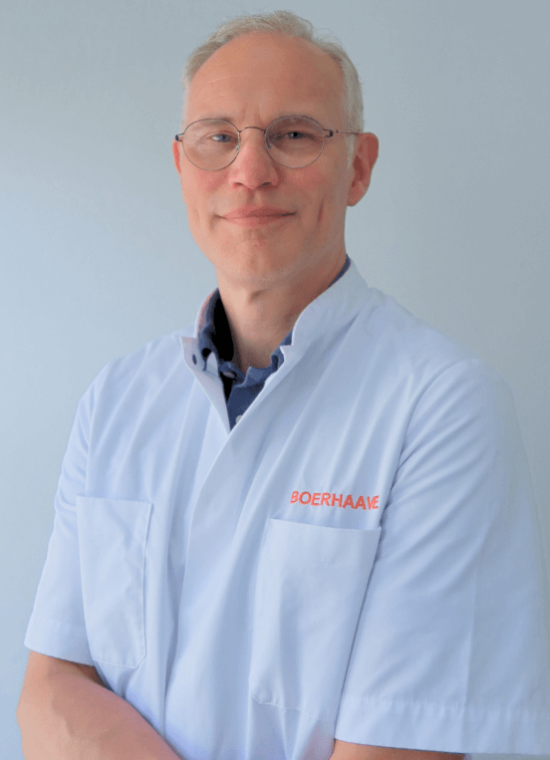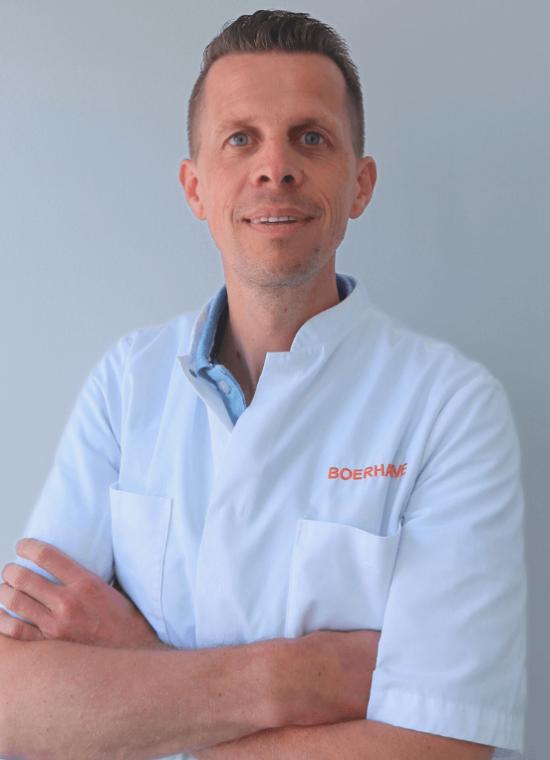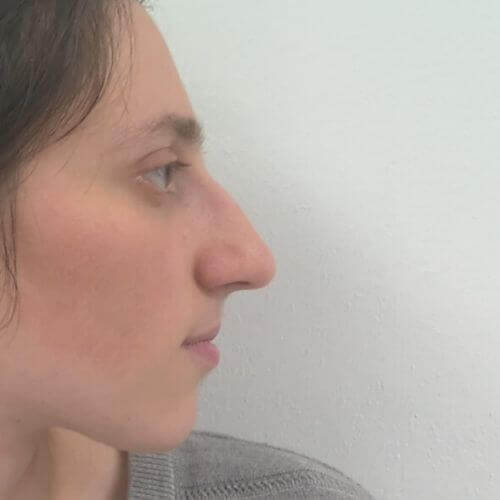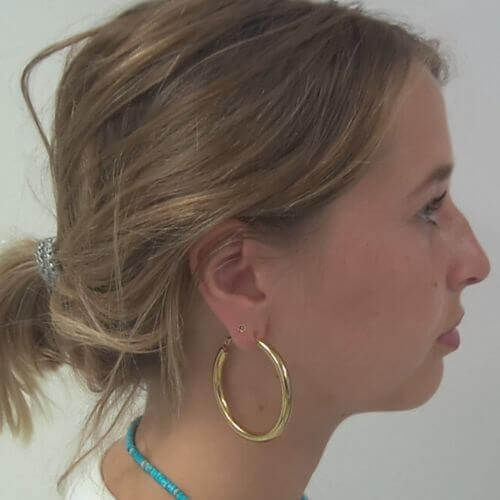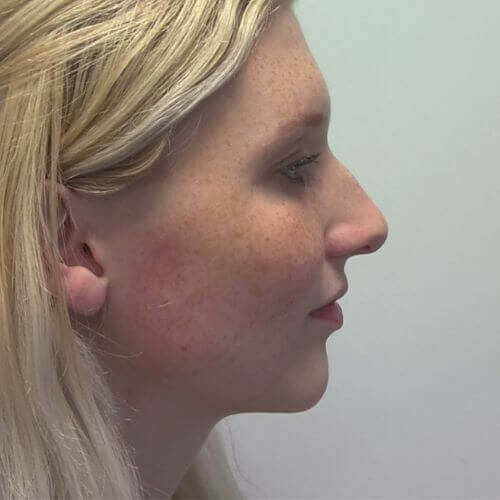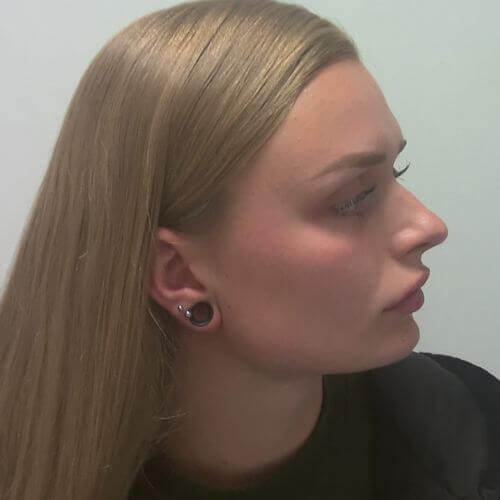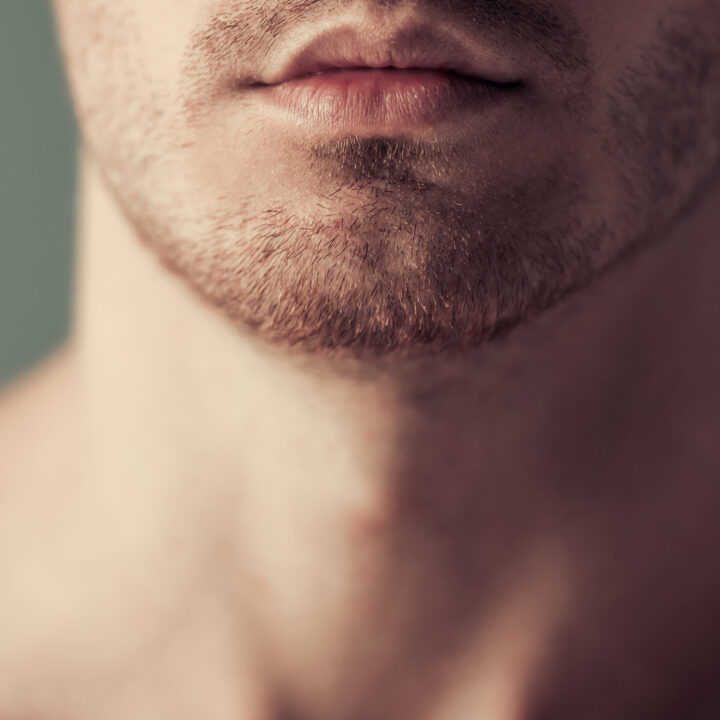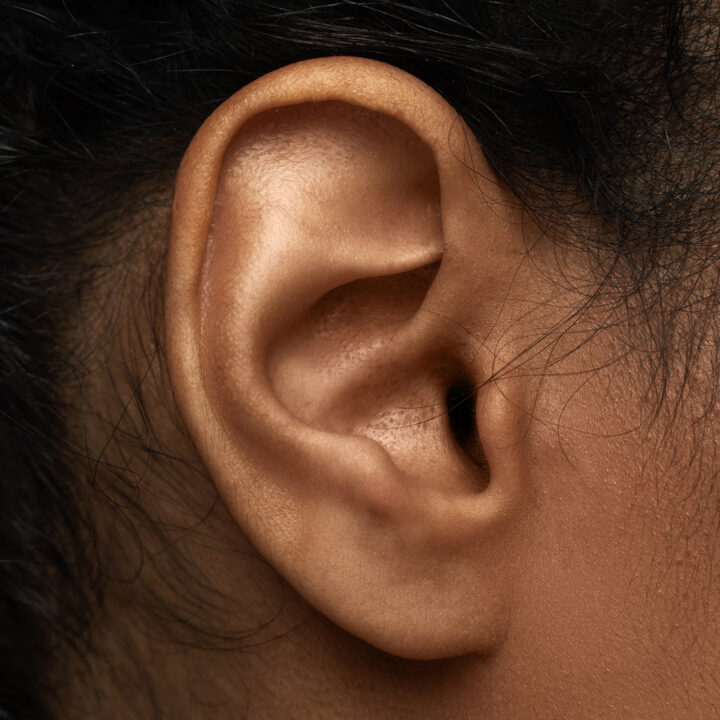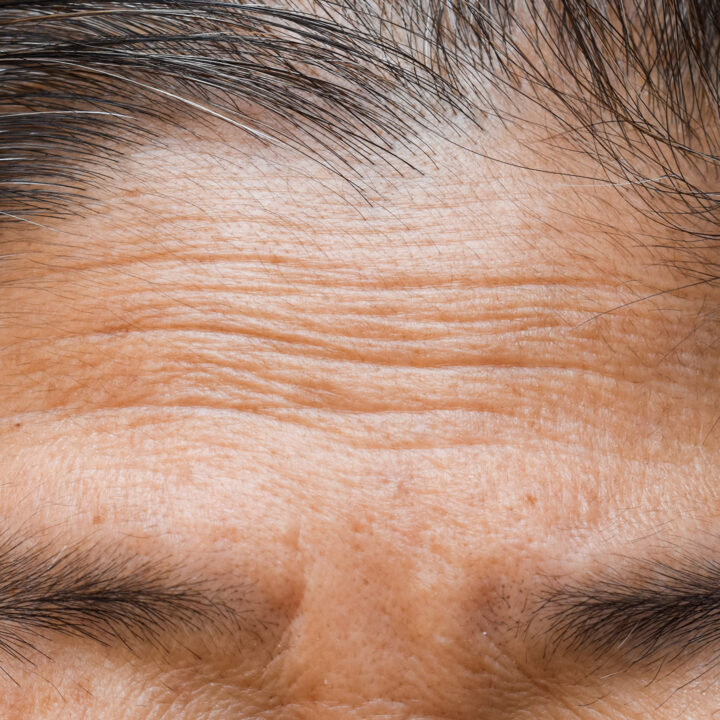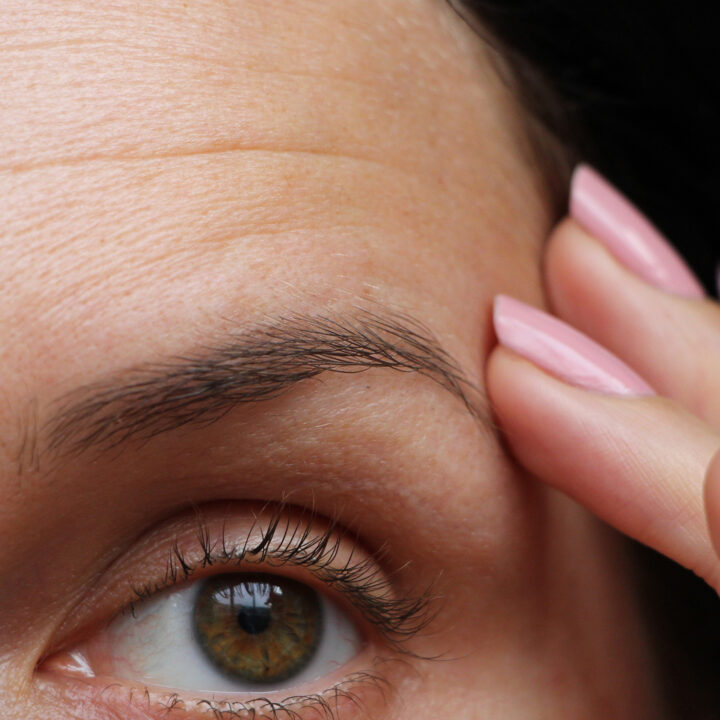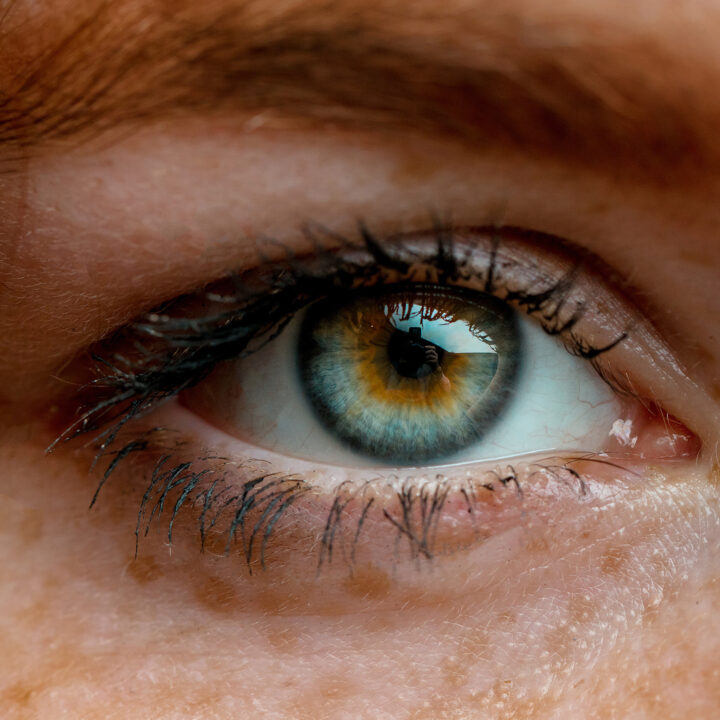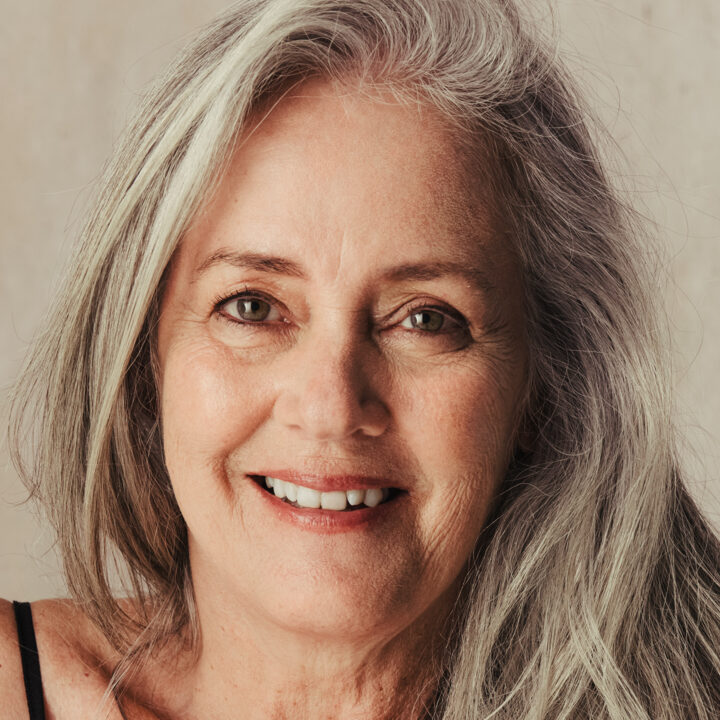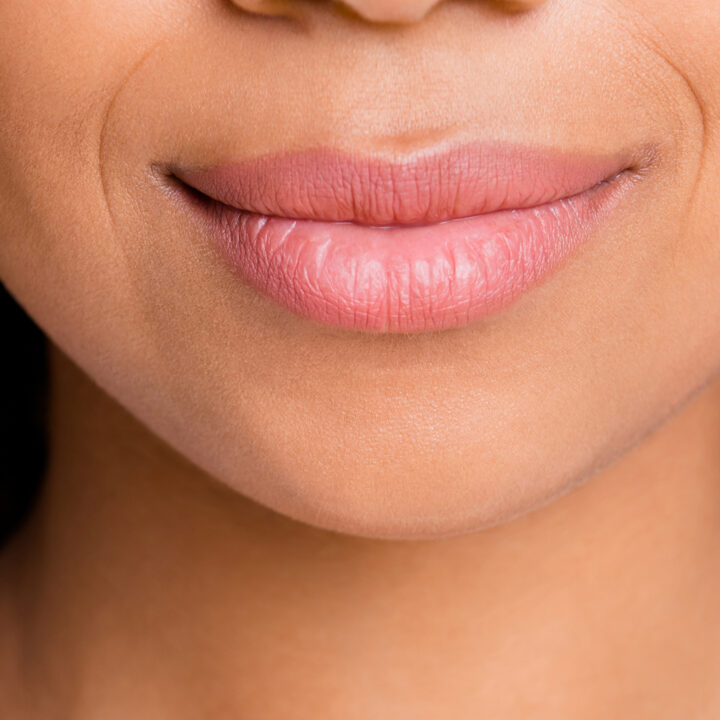Nose correction
The size and shape of your nose are very important factors determining what you look like. A small change may make a big impact.
So a nose correction (or rhinoplasty) procedure may be the answer for people who think that their nose ruins their face A nose correction, also called rhinoplasty, is a surgical procedure in which the plastic surgeon changes parts of the bone structure or cartilage of the nose or parts of the septum, so that the nose fits more harmoniously with the rest of the face.
What does the nose correction cost
We guide you step by step before, during and after treatment
01 More information
The nose is a very distinctive feature of your face. It affects the way your whole face looks. Your nose may be too long or too wide, or you may be bothered by a bump on the bridge of it. Or perhaps just the tip of your nose is misshapen.
Over the last few years, nose correction has become a very popular cosmetic surgical procedure. Having a large or misshapen nose may make you feel unhappy, and perhaps lose your self-esteem. This may have started at an early age, as young people are very sensitive about looking different and being teased about it. By opting for a nose correction, your nose will fit in harmoniously with the rest of your face.
Some people have a deviated septum, which blocks their nose so they have to breathe through your mouth. In many cases, correcting the septum can resolve this problem. You will only be considered for a nose correction procedure if your nose has fully grown. Above all, you must be over eighteen and the procedure must be something that you want and not be prompted by the wishes of someone else. A nose correction offers an improvement, but not perfection. Shape-correcting surgery can help restore your self-confidence and stop attracting unwanted comments from people around you.
Nose correction prices
The price of a nose correction depends on the type of nose correction performed. A correction of the bridge of the nose is often done to improve the aesthetic appearance of the nose, whereas a correction of the septum is usually done to improve the way in which the nose functions. But the two procedures can also be combined. This is often the deciding factor in determining the price of the various types of nose correction procedures. A nose tip correction is a smaller procedure that can be done under local sedation. Go to our prices page for the price of a nose correction.
02 Consultation
Plastic surgeon
The consultation is always held with the plastic surgeon who will be carrying out your procedure.
During this consultation, you can discuss what bothers you the most about your nose and what you would like to have changed. Your plastic surgeon will take photos for your medical file, and will examine your nose. The surgeon will then look at the bone and cartilage parts of your nose, as well as the position of the septum and thickness of your skin. In front of a mirror, you will both talk about what you want to achieve with respect to your nose correction. After examining your nose and discussing the results you want to achieve, the plastic surgeon will suggest the most suitable surgical technique for you and talk it through with you. In front of the mirror, you will be shown what this technique entails and what you can expect in terms of end results. The expected recovery period and any risks and complications will also be talked through with you.
You will then be in a position to make a well-informed decision. The plastic surgeon will show you before and after photos of nose correction procedures they have previously performed, and you will then have a further opportunity to ask any questions you may have. After this, the plastic surgeon will show you before and after photos of a nose correction procedure. A summary of your consultation will then be set out in a treatment plan, and the price of your nose correction will be discussed with you. The nose correction may differ depending on what you want to achieve and on the advice given by the plastic surgeon. The consultation will take approximately 45 minutes, and aims to inform you as clearly and fully as possible.
Consultants
Following on from your first consultation with your plastic surgeon, you will have an appointment with your consultant. The aim of this appointment is to tell you about the general aspects to be arranged with respect to your nose correction.
03 Procedure
You are expected to arrive at the Boerhaave clinic half an hour before your nose correction.
A nose correction is performed under general anaesthetic and as a day care procedure. A nose tip correction is performed under local sedation. This means that you are free to go home on the same day, accompanied by another adult.
Before the operation, your plastic surgeon will again go through the surgical procedure with you. They will carefully mark your nose in accordance with the operation plan. The anaesthetist will then anaesthetise you.
Nose tip correction
An incision is made on the inside of the nose and the nose tip is then shaped in accordance with the treatment plan. The plastic surgeon then fixes the tip of the nose and stitches it up from the inside out. They then apply supporting plasters to the nose, which must not be removed until your check-up after the first week.
Total nose correction
An incision is made inside the nose, via which bone and cartilage of the nasal skeleton is dismantled. In a number of cases, an incision is made in the skin bridge between the nostrils.
The plastic surgeon then makes adjustments to the nasal skeleton so that the nose fits in harmoniously with the rest of the face. The skin is pulled back over the new frame of the nose and then the incisions are stitched up.
Plugs are inserted in the nostrils and a nose splint is positioned on the nose, to help the nose retain its new shape.
04 After care and recovery
You will usually stay at the clinic for a further 3 to 4 hours after your nose correction. You will be free to go home when the nursing staff and anaesthetist give their approval for you to leave. After the procedure, you may eat and drink easily digestible food, such as water, tea and rusks.
Recovery after a nose correction
There will be considerably less pain with a nose tip correction than with an extensive nose correction. After a nose tip correction, the nose will feel sensitive, but there is generally not much pain.
With a more extensive nose correction, you will feel pain and pulling in your face. You may also have a headache for the first week. Swelling and bruising will usually be worse in the first 3 days after the procedure, and will then gradually start to disappear. The bruising may spread to your eyes. The swelling and bruising will gradually subside.
Most people find the nose plugs the most unpleasant part of recovering from a nose correction. Your sense of smell may also disappear for a while. Don’t worry about this. You will be able to smell again after a couple of days.
After care
Our staff do their utmost to achieve the best possible results for you, and the same applies for care after your procedure. You also play a very important role in this process. It is therefore important that you follow the instructions you have been given after your nose correction.
Scar cream
At your first check-up, you will be given a scar care cream to take home with you. Once the wound has closed and the scabs have disappeared, you can start applying the scar cream. If you apply this cream to the closed wound twice a day, you increase the chance of the wound healing nicely.
05 Risks and complications
As with every surgical procedure, the body takes time to recover. The treated area will initially be bruised, sore and swollen. The scars may also be reddish in colour and raised immediately after the nose correction. You shouldn’t worry about this. It shows that the body is responding naturally. After a number of weeks, the skin will be tighter, the discolouration will fade and you will already be able to see the results.
After 3 months, you will come back for another check-up with the plastic surgeon. At this stage you will be able to see whether the nose correction has achieved the desired results. Photos will be taken of the treated area for your medical file. The results of a nose correction usually last for the rest of your life.
The results cannot be assessed properly until 6 to 9 months after the procedure, when all swelling around the nose has completely disappeared.
Scars
Nose correction surgery is usually performed from the inside out, so the small scars are barely visible.
It is important you are aware that every surgical intervention can entail risks and complications. Plastic surgery procedures are in principle carried out on healthy people, so the risks and chances of complications are low. We make sure any risks are reduced to an absolute minimum, by providing plenty of information, taking a thorough medical history (noting your case history, including medication, any problems experienced in previous operations, allergies, etc.) and applying our professional procedures.
Nose corrections are successfully performed each week at the Boerhaave Medical Centre. The chances of any complications arising are luckily rare. You can help reduce certain risks by carefully reading through the instructions you are given prior to your nose correction.
Possible complications of a surgical procedure may be:
- Haematoma (blood clot under the skin which has to be removed)
- Adverse reaction to the sedation
- Haemorrhaging
- Infection
- Change in sensitivity
- Permanently visible scars
- Damage to underlying structures
- Unsatisfactory aesthetic result.
Possible complications relating specifically to a nose correction may be:
- Blocked nasal passages due to swelling in the nose
- Damage to the septum.
Smoking
Patients who smoke or use tobacco or nicotine products (such as nicotine patches and chewing gum) at the time of their surgery have a greater risk of complications, such as skin loss and impaired wound healing. People who are exposed to passive smoking may also have an increased risk of complications such as these. What’s more, smoking may have a negative effect on the anaesthesia, which may in turn lead to an increased risk of bleeding. People who are not exposed to tobacco smoke or nicotine-containing products have a significantly lower risk of such complications. It is important not to smoke for at least 2 weeks prior to the operation and to keep this up for the entire recovery process.
More information
Plan your appointment now in our agenda or let us call you back.


